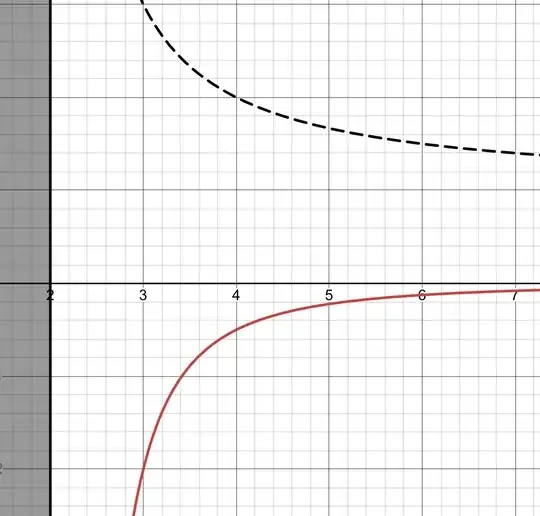Apologies if this may sound like a basic question or if somehow if has been asked in another form in this forum, but I could not find a similar question in SE.
In the formalism of general relativity, my understanding is that the curvature of spacetime is governed by the content of stress-energy tensor, and this is formalised by the Einstein Field Equations. Under some conditions (small fields), it is possible to linearize Einstein's equations into a form that very much looks like Newton's laws. My question is the following:
I struggle to "connect the dots" between, on one hand, the formalism of Einstein's Field Equations, and , on another hand, very simple trajectories such as, say, a parabolic projectile motion. In textbooks, major examples we often find, are the deviation of light trajectory by an astronomical-scale mass, such as a star, and such examples are "easy" to follow (conceptually, not mathematically): the light follows the geodesics, which are defined by the spacetime curvature, which itself depends on the stellar mass/energy (encoded in the stress-energy tensor). My difficulty in trying to understand the case of the parabolic projectile motion, is that the trajectory "crosses" the ground (let's say I throw a stone from $y=0$ and it arrives at $y=0$ for simplicity) but I can't mathematically picture what kind of geodesics is that, or how to see it through a "general relativity" perspective.
My background: I studied General Relativity several years ago, as undergraduate, the course was very mathematical and although I passed it very well, sadly I felt like I substantially missed the point from a physics point of view, so I definitely acknowledge gaps in my current understanding. I am re-reading my old material for intellectual curiosity and I am dismayed that I didn't ask myself such questions many years ago. I am happy with "technical" answer, or suggestions of specific reading, etc.
